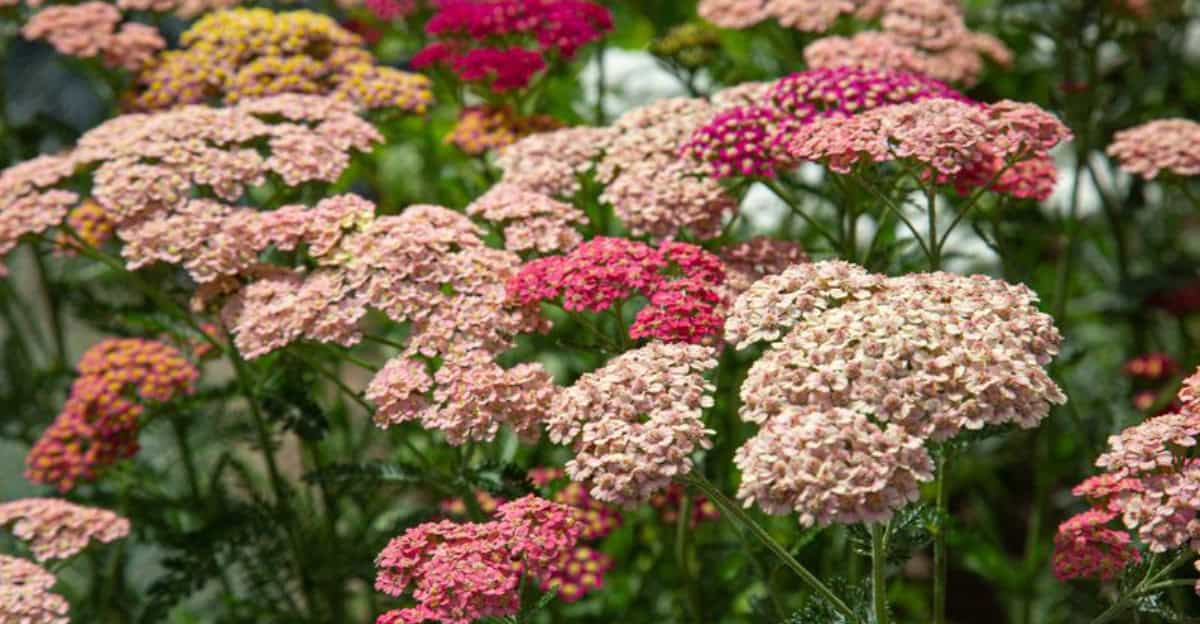Gardening can be a delightful yet challenging hobby. For those who might not have a green thumb, choosing the right plants is essential.
This list introduces 11 remarkably resilient outdoor plants that thrive with minimal care, allowing even the least experienced gardeners to enjoy a lush garden.
These plants are not only hardy but also add beauty and vitality to any outdoor space.
1. Lavender
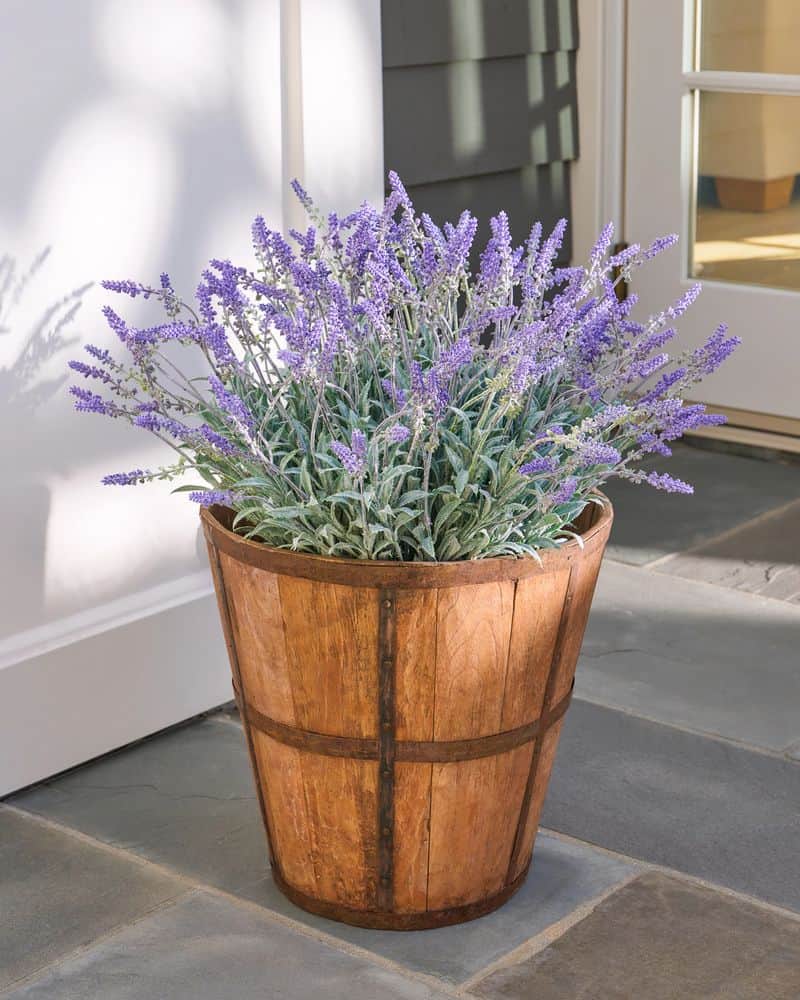
Lavender is a highly resilient plant known for its aromatic purple flowers and soothing fragrance. Its ability to withstand drought and thrive in poor soil conditions makes it a favorite for many gardeners.
Planting lavender in full sun ensures optimal growth and flowering. Regular pruning helps maintain its shape and encourages new blooms.
Lavender not only adds beauty to gardens but also repels pests and attracts pollinators. This plant is perfect for rock gardens, borders, or as a decorative hedge.
Its calming scent makes it ideal for relaxation areas.
2. Hosta
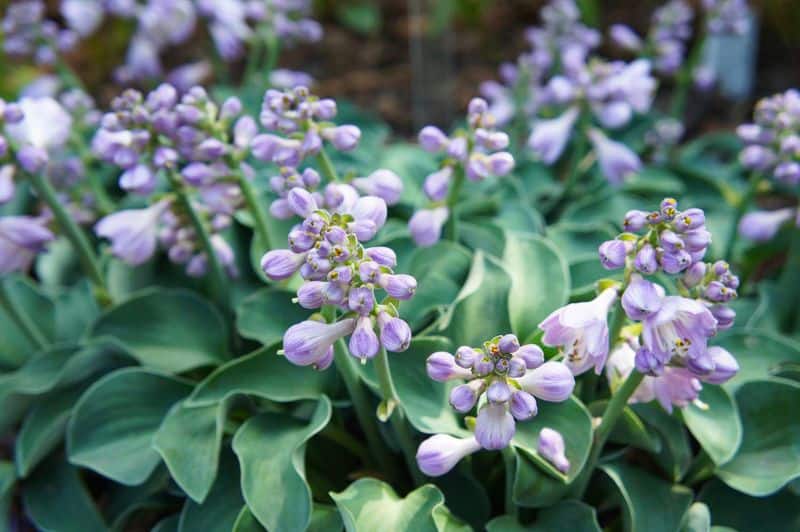
Hostas are shade-loving plants that bring lush greenery to any garden. Known for their large, variegated leaves, hostas are incredibly easy to grow and maintain.
They thrive in shaded areas and require minimal watering, making them perfect for novice gardeners.
Hostas come in various shapes and sizes, offering versatility in garden design.
These plants are also resistant to pests, ensuring they remain vibrant throughout the growing season. Ideal for borders and ground cover, hostas add texture and depth to garden landscapes.
Their foliage stays attractive all season long.
3. Daylilies
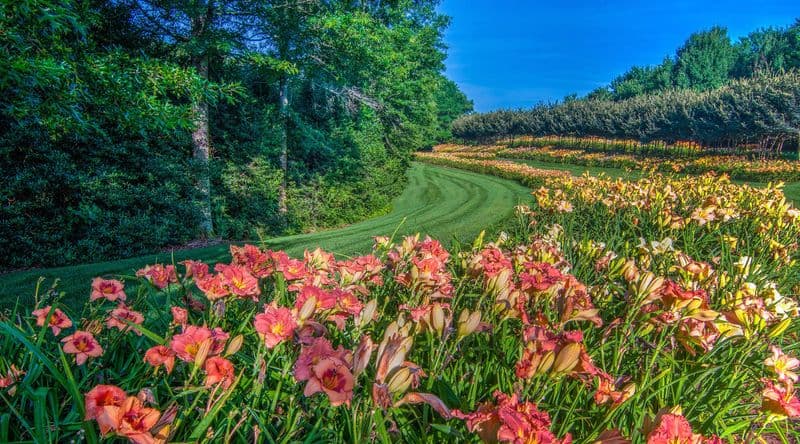
Daylilies are a beloved choice for many gardeners due to their hardiness and vibrant blooms.
These perennials are remarkably adaptable, thriving in a wide range of soil types and climatic conditions.
Each flower lasts only a day, but the plants produce numerous blooms over an extended period.
Daylilies require minimal maintenance, needing just occasional watering and deadheading to promote continued flowering.
They are ideal for borders, mass planting, or adding color to mixed beds. With their cheerful flowers, daylilies bring a burst of color to any outdoor space.
4. Sedum
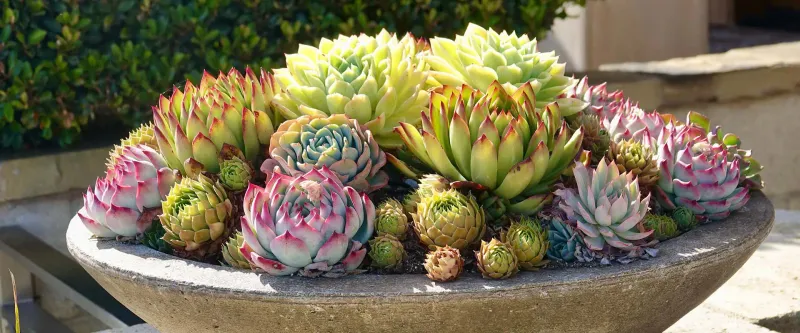
Sedum, also known as stonecrop, is a hardy succulent that thrives in challenging conditions. Its fleshy leaves and star-shaped flowers make it an attractive choice for rock gardens and borders.
Sedum is drought-tolerant and prefers well-drained soil, making it ideal for low-maintenance gardening.
This plant is perfect for those who travel frequently or have little time for garden upkeep.
Sedum comes in various colors and shapes, adding diversity to garden designs. Its low-growing habit makes it excellent ground cover.
Sedum’s flowers attract pollinators, enhancing garden biodiversity.
5. Russian Sage
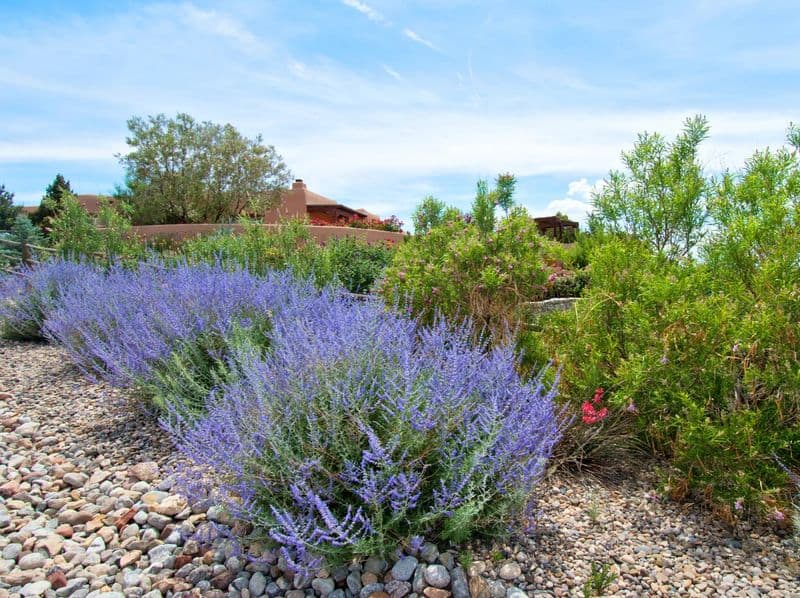
Russian sage is a striking perennial known for its tall, wispy stems and aromatic foliage. Its lavender-blue flowers add a touch of elegance to gardens.
Russian sage thrives in full sun and well-drained soil, requiring little water once established.
This plant is deer-resistant, making it a great choice for rural areas. Russian sage’s long blooming season provides continuous color throughout the summer.
It is an excellent choice for creating visual interest in perennial borders or mixed plantings. The plant’s silvery foliage complements a variety of garden palettes.
6. Juniper
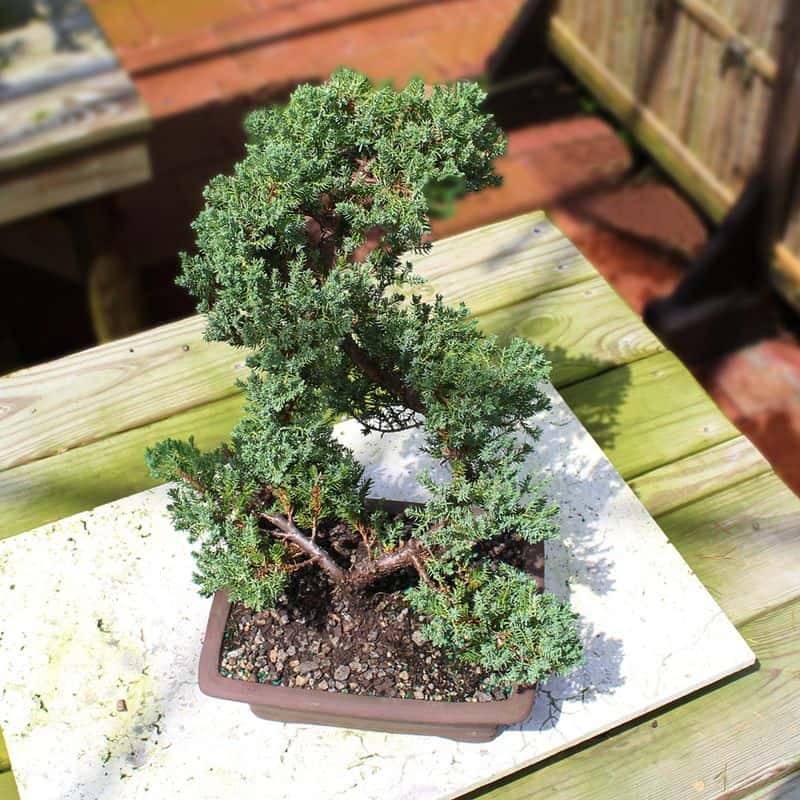
Junipers are versatile evergreens that provide year-round interest in gardens. Known for their needle-like foliage and berry-like cones, they are incredibly hardy and adaptable.
Junipers thrive in full sun and well-drained soil, requiring minimal watering once established.
They come in various shapes and sizes, suitable for ground cover, hedges, or specimen planting.
Junipers are also resistant to pests and diseases, making them an excellent choice for low-maintenance landscaping. Their evergreen nature means they provide structure and color even in winter.
Junipers’ dense foliage offers shelter to birds and wildlife.
7. Yarrow
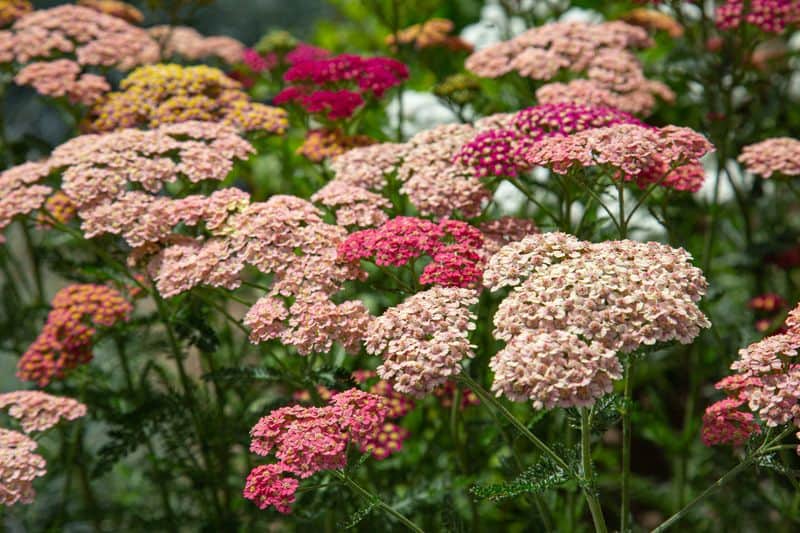
Yarrow is a tough, drought-tolerant plant that adds charm to any garden with its fern-like foliage and flat-topped flower clusters.
It thrives in full sun and can handle poor soil conditions, making it ideal for low-maintenance landscapes.
Yarrow’s flowers come in various colors, including pink, yellow, and white, attracting pollinators like butterflies and bees.
This plant requires minimal care, with occasional deadheading to encourage prolonged blooming. Yarrow is a great choice for wildflower gardens, borders, or naturalistic plantings.
It also has herbal uses, adding to its appeal.
8. Black-eyed Susan
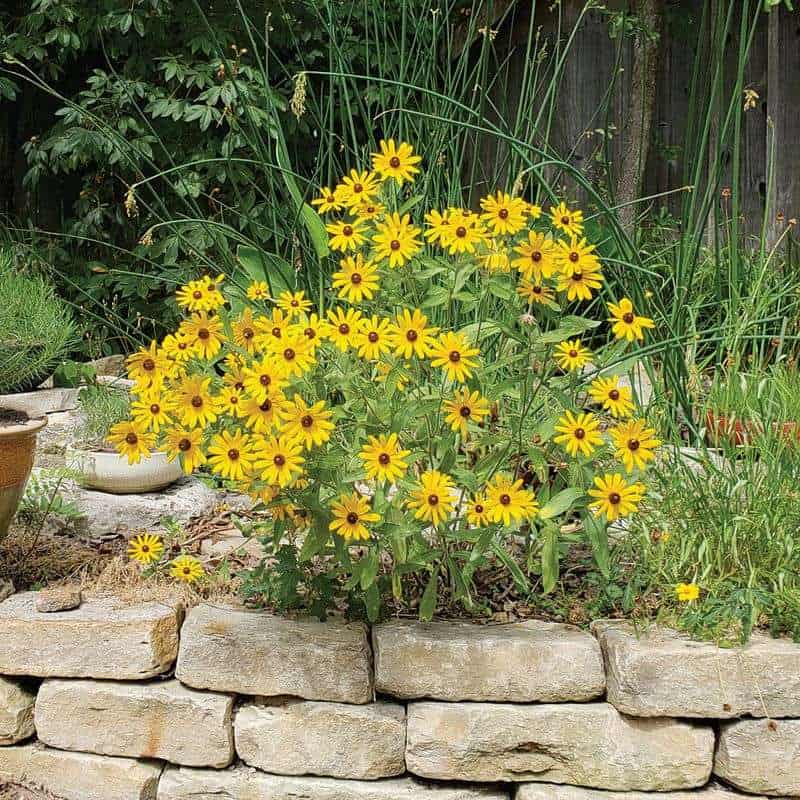
Black-eyed Susans are cheerful, sun-loving perennials known for their bright yellow petals and dark centers. They are incredibly easy to grow, thriving in a variety of soil conditions and full sun.
These resilient flowers are drought-tolerant and require minimal maintenance, making them perfect for beginner gardeners.
Black-eyed Susans bloom prolifically from mid-summer to fall, providing continuous color. They are excellent for borders, wildflower gardens, or as cut flowers.
The blooms attract pollinators, while the seeds provide food for birds. Their hardiness ensures they return year after year.
9. Butterfly Bush
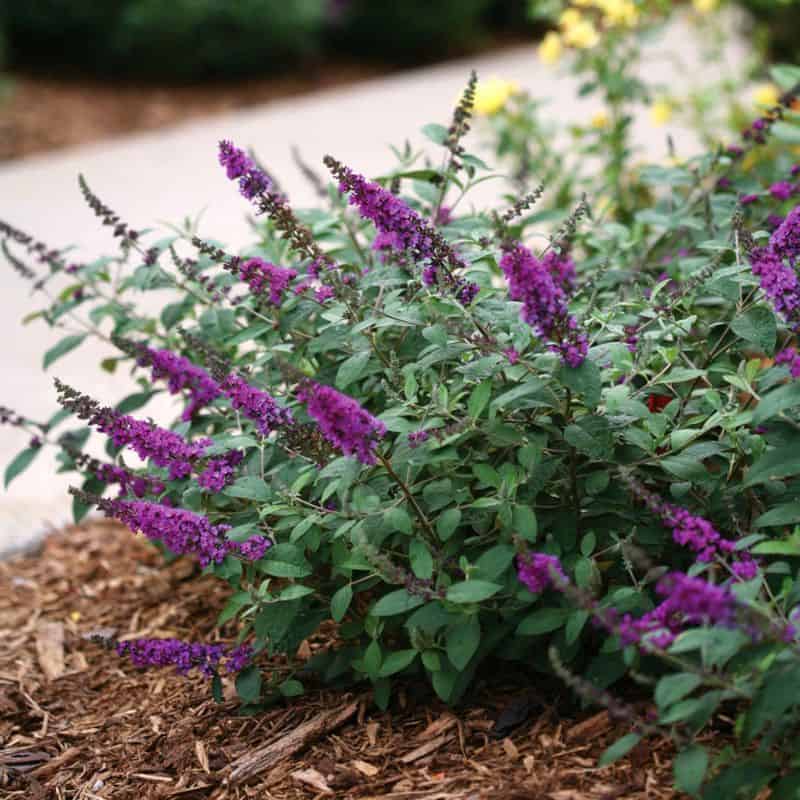
The butterfly bush is a magnet for pollinators, known for its long flower spikes and sweet fragrance. This hardy shrub thrives in full sun and well-drained soil, requiring minimal care once established.
Regular pruning encourages more blooms and maintains its shape. Butterfly bushes come in various colors, including purple, white, and pink, adding vibrancy to gardens.
They are perfect for creating wildlife-friendly landscapes and attracting butterflies and bees.
These shrubs are adaptable, growing well in mixed borders or as stand-alone specimens. Their long blooming season ensures a colorful display.
10. Rudbeckia
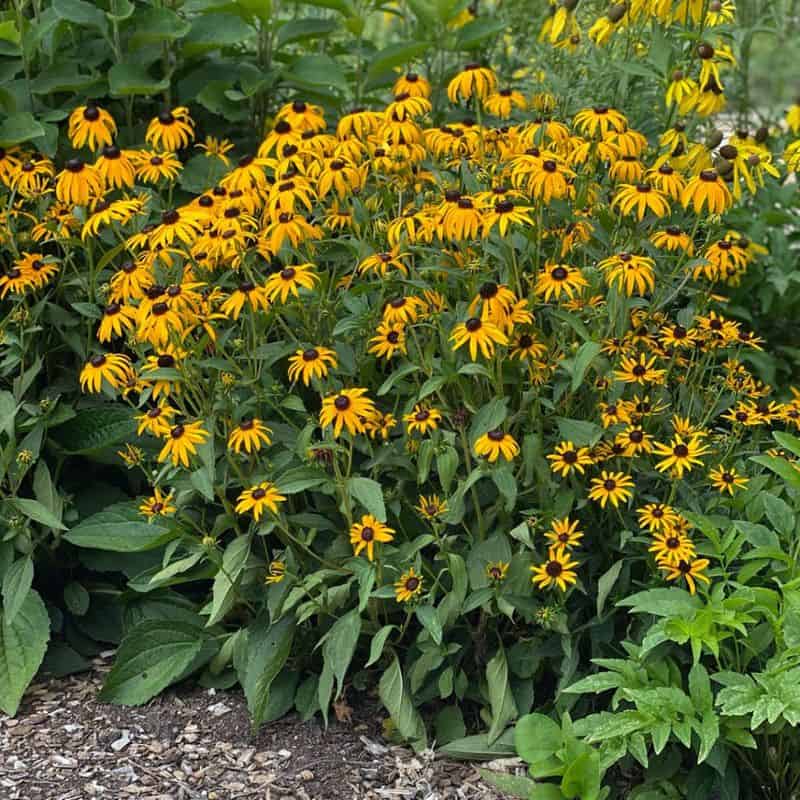
Rudbeckia, often referred to as black-eyed Susan’s cousin, shares similar characteristics and hardiness.
Known for its vibrant yellow petals and dark centers, Rudbeckia is a staple in perennial gardens. It thrives in full sun and adapts to various soil types, requiring little maintenance.
This plant blooms from summer to fall, providing long-lasting color. Ideal for borders, mass plantings, or cut flower arrangements, Rudbeckia attracts pollinators and birds.
Its robust nature ensures it returns each year, enhancing garden beauty. Regular deadheading encourages more blooms and healthier plants.
11. Creeping Thyme
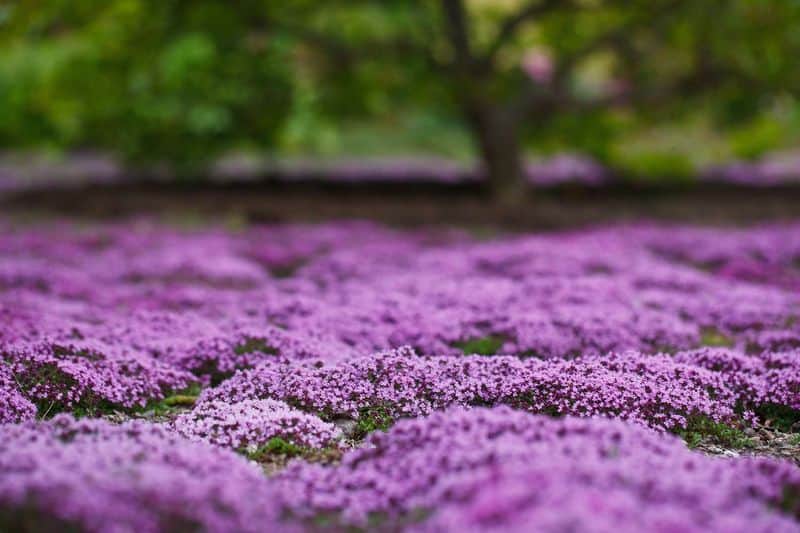
Creeping thyme is a versatile ground cover known for its aromatic foliage and tiny purple-pink flowers.
This hardy herb thrives in full sun and well-drained soil, making it perfect for rock gardens, pathways, or as a lawn alternative.
Creeping thyme is drought-tolerant and requires minimal care, spreading naturally over time.
Its flowers attract pollinators, adding ecological value to gardens. This plant is resistant to pests and diseases, ensuring it remains healthy throughout the growing season.
Creeping thyme releases a pleasant aroma when walked on, enhancing any outdoor space.

